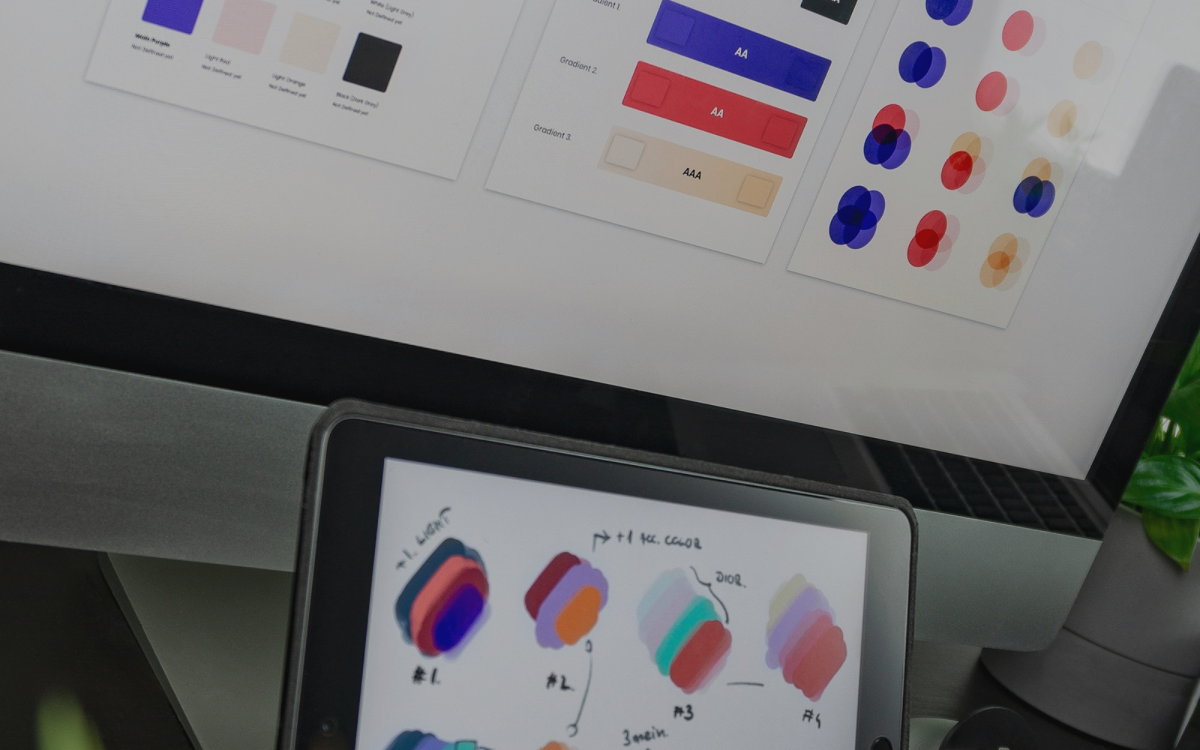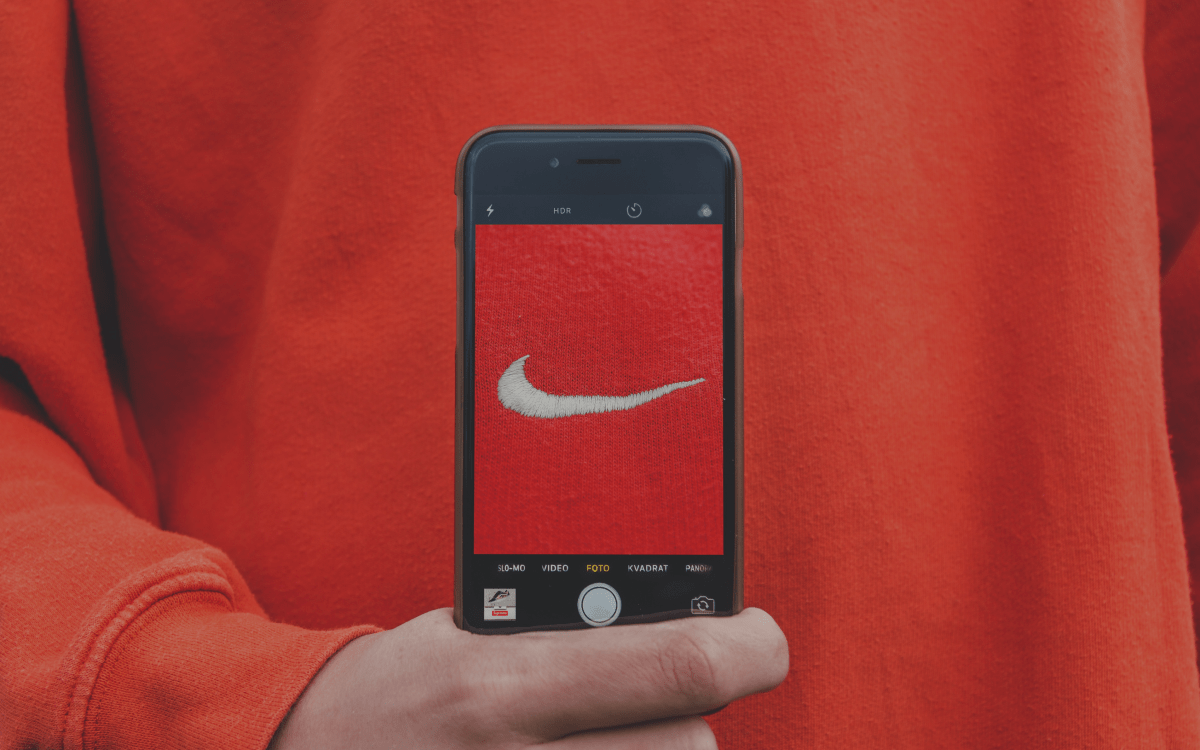From updates on our preferred web development methods to insights on branding, design, and creativity, explore our thoughts on design & web development below.
Great design isn’t a one-time project — it’s an ongoing investment. Find out how consistent branding can elevate your business long-term.
Discover why taking the time to carefully define your brand’s values and purpose is essential for lasting impact.
AI is transforming creative industries, but it’s not here to replace human creativity; it’s here to enhance it. In this post, we explore how AI can elevate your work, its potential pitfalls, and why ethical considerations matter more than ever.
Drupal gets a bad rap sometimes. Join us in exploring the use cases where Drupal shines and why experienced, strategic developers are essential to getting it right.
The right brand framework can make or break your growing portfolio. We explore the 4 most common ways of approaching brand architecture along with the positives and negatives of each.
Explore critical features and the major players to consider when selecting a host for your WordPress website.
Your brand is more than just a logo or a tagline—it’s the essence of how your business operates and stands apart from competitors. Here are 3 signs it's time for a change.
WordPress escalates its conflict with WP Engine by forking the ACF plugin, leaving millions of users caught in a messy power struggle.
Learn all about the ongoing conflict between WordPress, the internet’s largest open-source CMS, and one of its leading hosting providers.
Choosing a CMS for your website project can be a daunting task. Let us tell you about some of the most common options and the pros and cons of each.
Learn about recent updates to Figma, released at Config - the design technology giant's annual conference.
Webflow has released a slew of mid-cycle updates. Take a look to see what they are and what we are most excited about.
Explore the vital importance of branding for startups. Delve into five compelling reasons why strategic branding is indispensable for success.
Learn effective strategies for lead nurturing based on website behavior, optimizing engagement and conversion through targeted marketing approaches.
Get clarity on brand strategy: from defining brand identity to navigating market positioning and maximizing customer engagement for sustainable growth
Recognize when it's time to rebrand: evolving market trends, shifting audience perceptions, and strategic repositioning for renewed brand relevance
Discover why small business branding matters: build credibility, stand out in the market, and foster customer loyalty for sustainable growth.


















